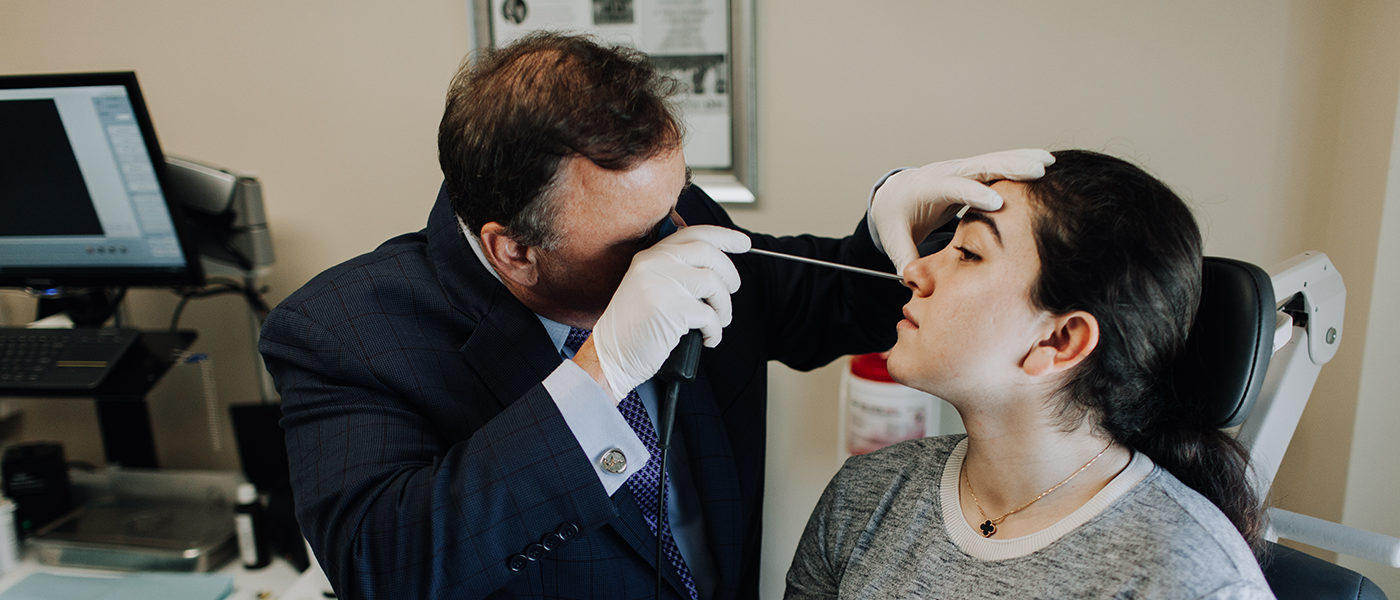
Benign Sinonasal Tumors
Benign Tumors of the Nasal Cavity and Paranasal Sinuses
Benign sinonasal tumors are relatively uncommon, the most common being inverted papilloma, hemangioma and osteoma.
The treatment for most patients with benign tumors of the nose and sinus is complete excision. Nearly 100% of these cases are curable using an endoscopic endonasal approach. Visible skin excisions are almost never necessary.
At Pacific Eye, Ear & Skull Base Center, we have extensive experience in the complete excision of these tumors. Using state-of-the-art technology and instrumentation we make surgery safer with less collateral damage which means better and faster patient recovery post-operatively.
Our skull base surgeons work closely with the surgeons of our other centers of excellence. In cases of benign vascular tumors, we work closely with our endovascular team for pre-operative embolization which decrease operative bleeding and risks. In cases with intracranial involvement we collaborate with the Pacific Brain Tumor Center to safely and successfully achieve complete excision.
Symptoms
Benign sinonasal tumors cause the following symptoms:
- Nasal obstruction
- Chronic sinusitis
- Nose bleeds
- Headache
In some patients they are found incidentally on imaging for other reasons.
Diagnosis and Treatment
Inverted papillomas are benign finger-like growths in the soft epithelial tissues lining the nasal cavities that extend into the underlying bone. They can be fast growing and may become malignant.
Sinonasal hemangiomas are relatively rare and are benign vascular tumors that arise in the mucous membranes of the nasal cavity and paranasal sinuses. Their clinical, radiologic, and histologic signatures distinguish them from other types of benign growths.
Osteomas are benign bone growths that are found mainly on the bones of the skull. These tumors are slow growing and usually cause no symptoms. When they develop from the bone they are called homoplastic osteomas while they are called heteroplastic osteomas when the arise from the soft tissues.
- Diagnosis is usually made with office-based endoscopes, CT scan, and possible biopsy if necessary
- Complete surgical excision is achieved using an endoscopic endonasal approach
